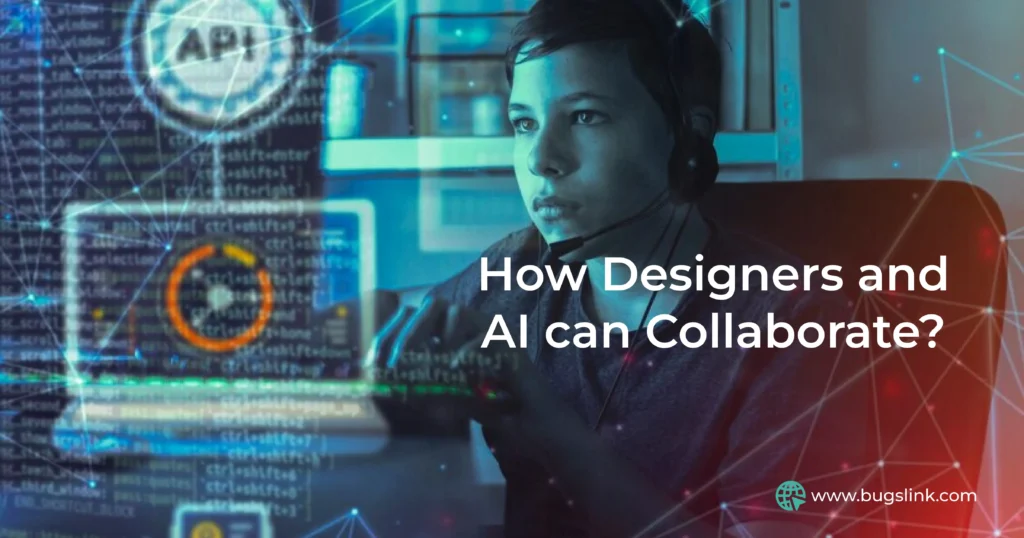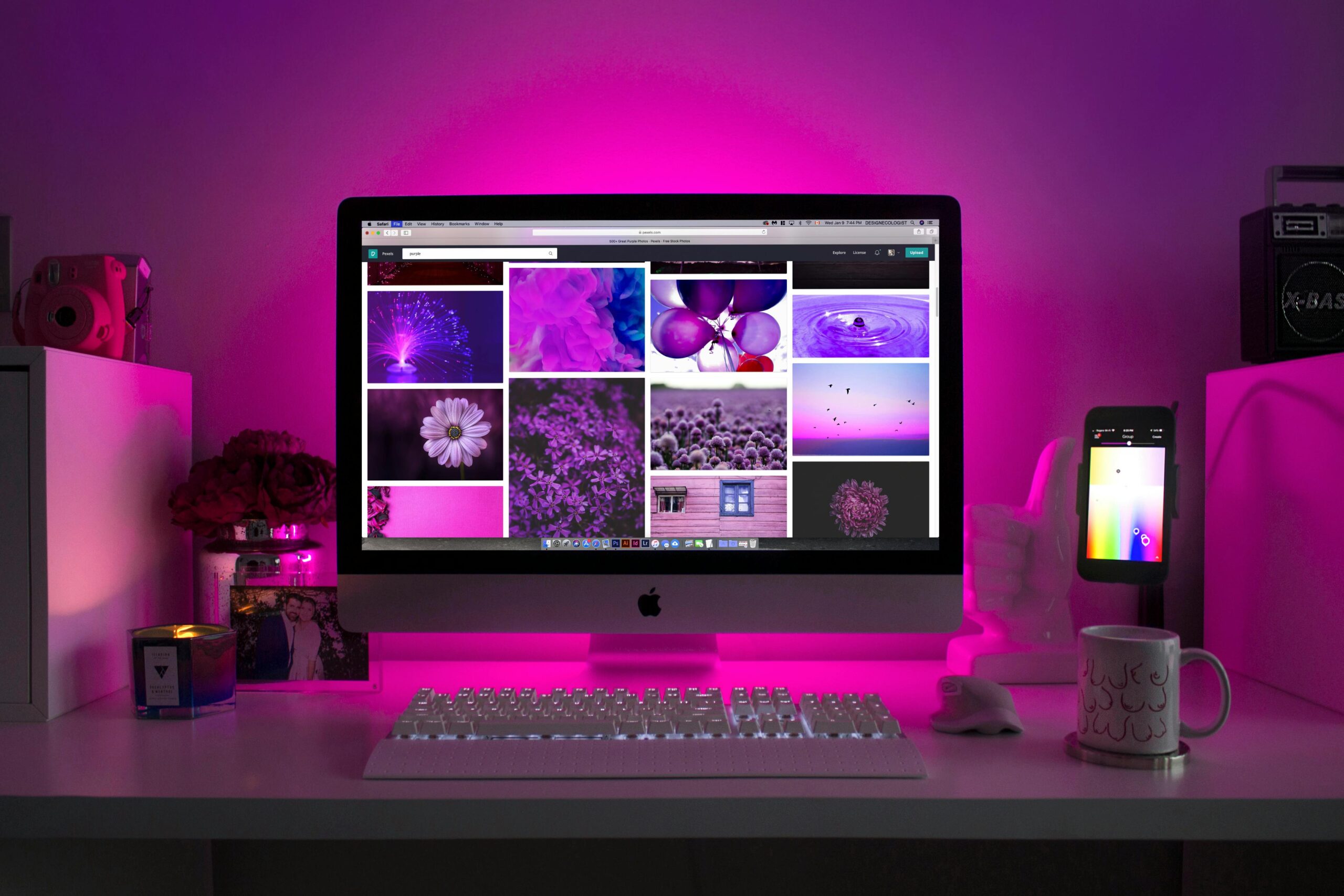The rapid evolution of artificial intelligence (AI) has led to a flurry of discussions around its impact on various professions. One area that has seen a lot of buzz is UI/UX design. Will AI replace designers, or is there more to the story? This blog will explore the realities of the relationship between AI and design.
What is UI & UX Design?
User Experience (UX) design is about a user’s overall experience with a product. It encompasses usability, accessibility, and the emotional response elicited from the product.
User Interface (UI) design focuses on the look and feel of a product. It involves the design of buttons, icons, spacing, typography, and overall aesthetics.
To learn more about how AI is transforming user experiences, visit our previous blog on How Generative AI Systems Enhance User Interaction.
The Rise of AI in Design
- AI Tools for Designers: With technological advancements, numerous AI tools have emerged that assist designers. Tools like Adobe Sensei and Figma utilize AI to streamline design processes and enhance productivity.
- Data-Driven Design Decisions: AI can analyze user data and behavior patterns, enabling designers to make decisions based on honest user feedback rather than assumptions.
To dive deeper into how AI is reshaping various sectors, check out our previous blog on
The Potential Impact of Generative AI on Industries
The Role of Creativity in Design
- Creativity in design involves innovation, problem-solving, and thinking outside the box. It’s not just about aesthetics; it’s about crafting experiences that evoke feelings and drive engagement. The best designs often come from inspiration, personal experiences, and a deep understanding of the target audience.
- Great design resonates on an emotional level. It creates connections and memories. AI needs help with this emotional aspect; while it can analyze data and recognize patterns, it cannot truly understand human emotions.
Will AI Replace UX Designers?

The Complementary Role of AI in Design
AI is making waves in the design world with tools that automate repetitive tasks, analyze user behavior, and generate design prototypes. Tools like Adobe Sensei and Figma’s AI features are already streamlining workflows and enhancing design processes.
- Enhancing Creativity: AI can improve their creative processes rather than replacing designers. It can offer suggestions, generate design variations, and even assist in brainstorming sessions.
- Automating Repetitive Tasks: AI can handle mundane tasks, such as resizing images or generating color palettes, allowing designers to focus on more complex and creative challenges.
- Data-Driven Insights: AI can analyze user behavior, preferences, and trends, providing valuable insights that inform design decisions. This data-driven approach can lead to more effective and user-friendly designs.
- Efficiency and Speed: One of the most significant advantages of AI is its ability to process vast amounts of data quickly. This capability allows designers to focus on creative aspects while AI handles routine tasks, enhancing productivity.
Challenges and Considerations
- Ethical Considerations: AI can inadvertently perpetuate biases present in the data. Designers must remain vigilant to ensure their designs promote inclusivity and fairness.
- Maintaining Human Touch: As AI plays a more significant role, it’s crucial to ensure that designs still resonate on a human level. Empathy and emotional intelligence cannot be coded.
- Challenges in Understanding User Context: AI may struggle with context. A design that works well in one culture or demographic may not resonate with another. Human designers bring the necessary cultural and contextual awareness that AI currently lacks.
How Designers and AI can Collaborate

- Importance of Empathy in Design: Empathy is at the heart of effective UI/UX design. Designers must understand user pain points, desires, and emotions. This human connection is something AI cannot replicate.
- Numerous examples highlight the success of human-centered design. For instance, companies like Airbnb and Apple prioritize user feedback and empathy in their design processes, leading to highly successful products.
- AI Assist Designers: Instead of viewing AI as a threat, designers can see it as a powerful ally. AI can assist in generating ideas, automating repetitive tasks, and providing insights, allowing designers to focus on the creative aspects of their work.
- Potential New Roles for Designers: With AI handling more technical elements, designers may shift towards more strategic roles, focusing on the bigger picture and the human experience rather than just the mechanics of design.
Conclusion
In conclusion, while AI is making waves in the UI/UX design world, it’s not about replacement but enhancement and collaboration. Designers will remain essential, using AI as a powerful tool to augment their Creativity and streamline processes. The future of UI/UX design will be a harmonious blend of human intuition and machine efficiency, paving the way for innovative, user-centric designs.
Visit Bugslink Tech, where we provide the perfect combination of AI and human creativity in all design solutions.
FAQs
AI will assist designers by automating repetitive tasks but cannot replicate the design’s creative and empathetic aspects.
AI can provide data-driven insights, automate mundane tasks, and even offer creative suggestions to enhance the overall design.
AI can generate design options, but human input is essential for refining and ensuring designs meet user needs.

